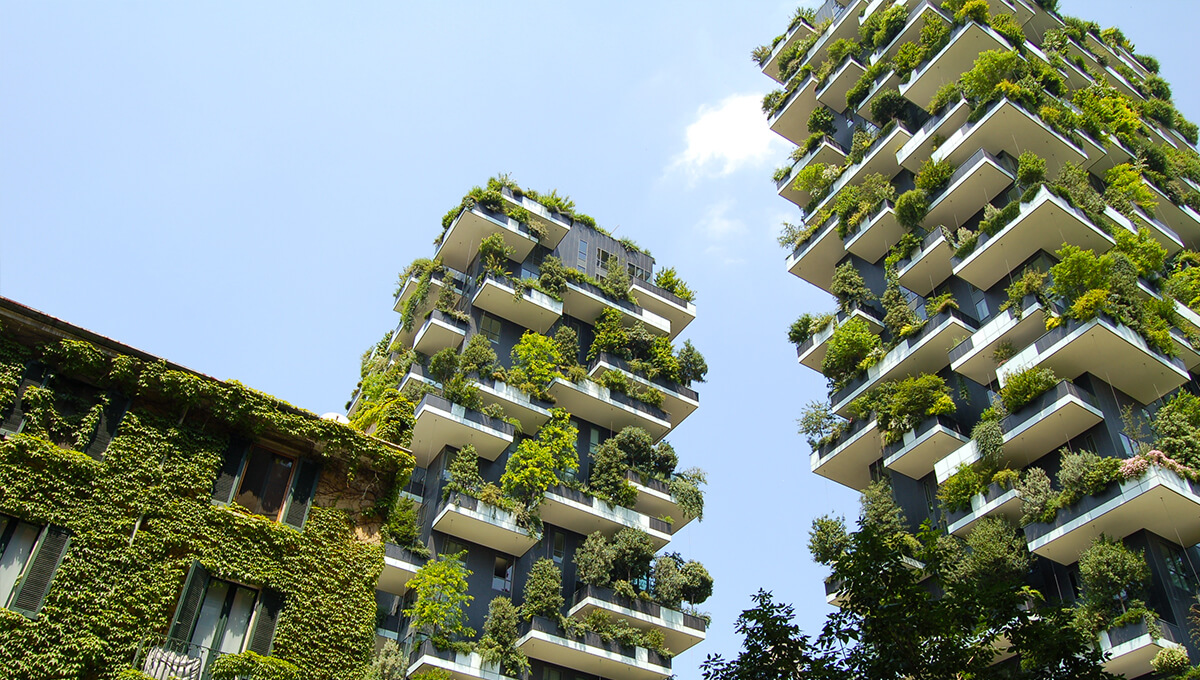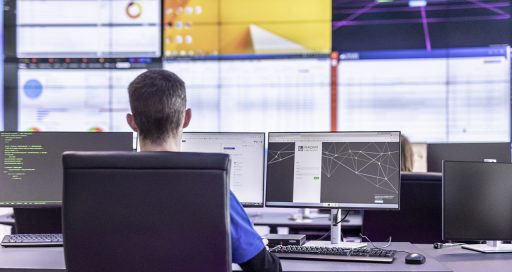
© Chris Barbalis
The Smart Buildings Alliance has drawn up a first smart building guideline, “Ready to Services”, and is working on a second label, “Ready to Grid”, both of which focus on integrating the smart building within the smart city.
At the end of 2016, the Smart Buildings Alliance (SBA), which brings together smart building and smart city stakeholders, finalised the Ready to Services (R2S) guideline. This document provides guidance for building programme managers so as to ensure that the connected building serves as a platform for services. The SBA has now moved on to the next project and is currently drawing up a supplementary guideline, Ready to Grid (R2G), set for publication in 2018.
Positive energy buildings with local renewable energy generation will interact with smart grids.
“The idea for the first document,” says Pierre Blanchet, innovation manager for the VINCI Energies service sector network in France, “was to draw up a sort of checklist to use when designing a building to be connected to its external environment.” The principles defined by the working group that drew up the document cover IT and telecommunications networks.
Emmanuel François, Chairman of the SBA, which published a “Manifesto”, says that the R2S label is intended to encourage all participants in project and programme management and all users to opt for connected buildings.
The smart link between the building and the city
“The second guideline, Ready to Grid, will identify the prerequisites for a building that can both deliver and receive energy,” says Pierre Blanchet, who is helping draw up the R2G, which focuses on fluids, i.e. electricity, and hot and chilled water. “Ready to Grid will address the necessary link between the smart building and the smart city.”
Required by the thermal regulations adopted in France, positive energy buildings with local renewable energy generation will interact with smart grids. Similarly, projects involving electric vehicles that are transformed into residential energy suppliers during peak demand periods will be included in these “smart grids”.
Moving from a centralised to a decentralised approach
“Photovoltaic solar will often be the solution chosen for local electricity generation,” says Pierre Blanchet. “But the technology provides low power compared to the needs to be covered in an urban building.” It therefore makes sense, he says, “to include a second source of renewable energy, such as district heating systems using hot water produced outside the building and sometimes even outside the city.”
“The guideline must also address energy storage in buildings,” says Pierre Blanchet, adding that there is a further dimension in the Ready to Grid guideline being drawn up – the need to reason in terms of the neighbourhood rather than the isolated building and to pool local resources and infrastructure.
The SBA has set itself the goal of moving, within five to ten years, from a centralised to a decentralised approach based on digital technologies that will bring energy, mobility, healthcare, and work-related services closer to the user.
Learn more:
– La Smart Buildings Alliance vers la création d’un label réservé aux bâtiments intelligents
– “Avant de parler smart city, il faut parler bâtiment intelligent”, Emmanuel François, Smart Buildings Alliance
03/07/2017



